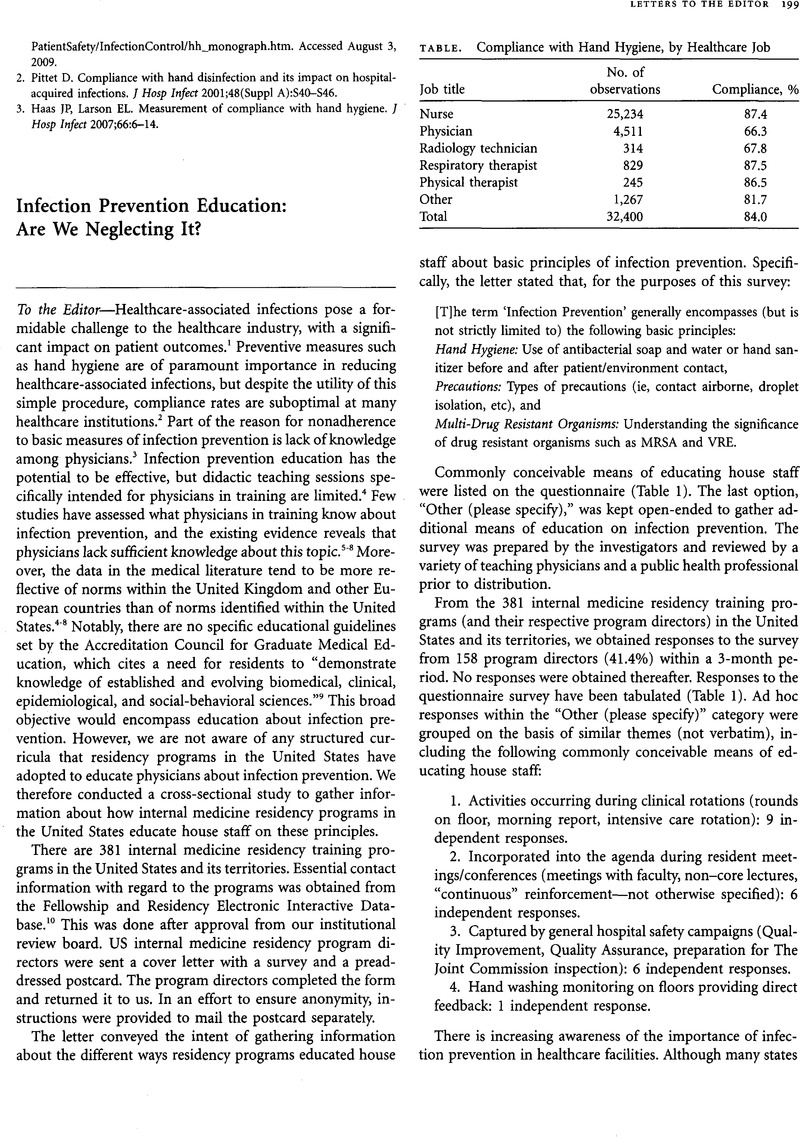9.Accreditation Council for Graduate Medical Education (ACGME). Program director guide to the common program requirements. IV. Education program.
http://www.acgme.org/acWebsite/navPages/commonpr_documents/IVA5b_EducationalProgram_ACGMECom petencies_MedicalKnowledge_Documentation.pdf. Accessed July 26, 2009.
Google Scholar 